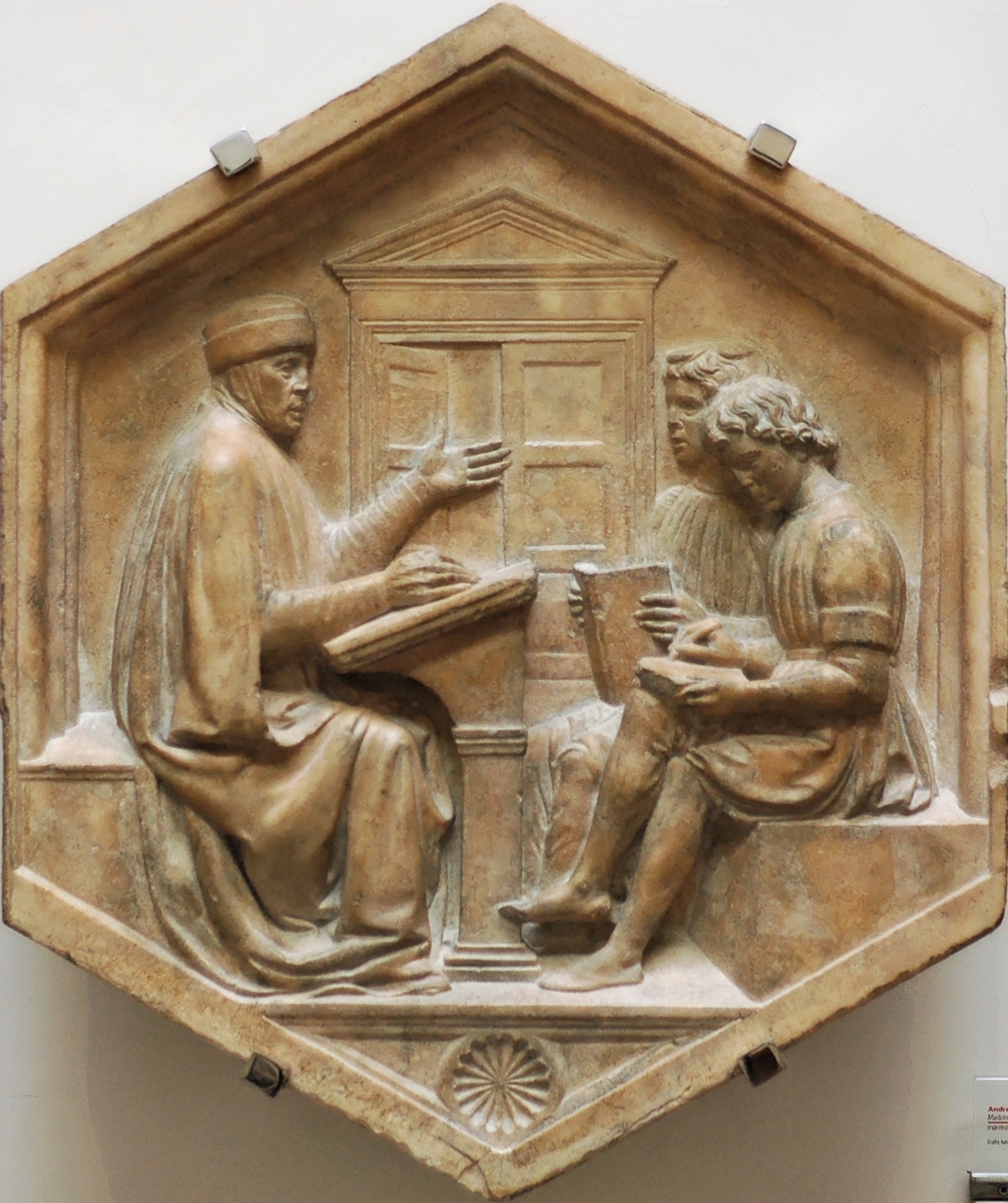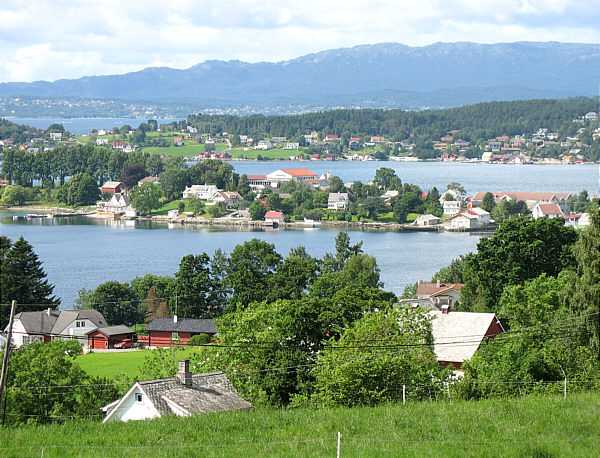|
Sandar Municipality
Sandar (or historically Sandeherred) is a former municipality in Vestfold county, Norway. The municipality existed from 1838 until its dissolution in 1968. The area is now part of Sandefjord Municipality. The administrative centre was located at Sandar, right by the Sandar Church in what is now the town of Sandefjord. Sandar was located in the southern, coastal part of Vestfold county. The European route E18 highway and the Vestfoldbanen railway line both passed through the municipality. The municipality encircled the whole town of Sandefjord until 1968 when they were merged. History The parish of ''Sandeherred'' (later spelled ''Sandar'') was established as a municipality on 1 January 1838 (see formannskapsdistrikt law). The original municipality encircled the growing town of Sandefjord. On 1 January 1889, an area of Sandeherred (population: 318) was annexed and became part of the town of Sandefjord. In 1931, another area of Sandeherred (population: 66) was transferred to t ... [...More Info...] [...Related Items...] OR: [Wikipedia] [Google] [Baidu] |
Sandar Church
Sandar Church () is a parish church of the Church of Norway in Sandefjord Municipality in Vestfold county, Norway. It is located in the Sandefjord (town), city of Sandefjord. It is the church for the Sandar parish which is part of the Sandefjord prosti (deanery) in the Diocese of Tunsberg. The white, wooden church was built in a Churches in Norway#cruciform, cruciform design in 1792 using plans drawn up by the architect Hans Christian Lind. The church seats about 700 people. The present church was erected at the ruins of a Middle Ages, mediaeval stone church from the 12th century. The current church was built in 1792 in the Style Louis XV. Sandar Church originally had a half-circle dome top, but the roofing was changed to the current spire in 1868. The church was the main church of the old Sandar Municipality for a long time until 1968 when it became part of Sandefjord Municipality. The church is located just from the Sandefjord Church. The old church is only open for advertised ... [...More Info...] [...Related Items...] OR: [Wikipedia] [Google] [Baidu] |
Statistics Norway
Statistics Norway (, abbreviated to ''SSB'') is the Norwegian statistics bureau. It was established in 1876. Relying on a staff of about 1,000, Statistics Norway publish about 1,000 new statistical releases every year on its web site. All releases are published both in Norwegian and English. In addition a number of edited publications are published, and all are available on the web site for free. As the central Norwegian office for official government statistics, Statistics Norway provides the public and government with extensive research and analysis activities. It is administratively placed under the Ministry of Finance but operates independently from all government agencies. Statistics Norway has a board appointed by the government. It relies extensively on data from registers, but are also collecting data from surveys and questionnaires, including from cities and municipalities. History Statistics Norway was originally established in 1876. The Statistics Act of 1989 provi ... [...More Info...] [...Related Items...] OR: [Wikipedia] [Google] [Baidu] |
Old Age
Old age is the range of ages for people nearing and surpassing life expectancy. People who are of old age are also referred to as: old people, elderly, elders, senior citizens, seniors or older adults. Old age is not a definite biological stage: the chronological age denoted as "old age" varies culturally and historically. Some disciplines and domains focus on the aging and the aged, such as the organic processes of aging (senescence), medical studies of the aging process (gerontology), diseases that afflict older adults (geriatrics), technology to support the aging society (gerontechnology), and leisure and sport activities adapted to older people (such as senior sport). Older people often have limited regenerative abilities and are more susceptible to illness and injury than younger adults. They face social problems related to retirement, loneliness, and ageism. In 2011, the United Nations proposed a human-rights convention to protect old people. History European The hist ... [...More Info...] [...Related Items...] OR: [Wikipedia] [Google] [Baidu] |
Health Care
Health care, or healthcare, is the improvement or maintenance of health via the preventive healthcare, prevention, diagnosis, therapy, treatment, wikt:amelioration, amelioration or cure of disease, illness, injury, and other disability, physical and mental impairments in people. Health care is delivered by health professionals and allied health professions, allied health fields. Medicine, dentistry, pharmacy, midwifery, nursing, optometry, audiology, psychology, occupational therapy, physical therapy, athletic training, and other health professions all constitute health care. The term includes work done in providing primary care, wikt:secondary care, secondary care, tertiary care, and public health. Access to health care may vary across countries, communities, and individuals, influenced by social and economic conditions and health policy, health policies. Providing health care services means "the timely use of personal health services to achieve the best possible health outcom ... [...More Info...] [...Related Items...] OR: [Wikipedia] [Google] [Baidu] |
Primary Education
Primary education is the first stage of Education, formal education, coming after preschool/kindergarten and before secondary education. Primary education takes place in ''primary schools'', ''elementary schools'', or first schools and middle schools, depending on the location. Hence, in the United Kingdom and some other countries, the term ''primary'' is used instead of ''elementary''. There is no commonly agreed on duration of primary education, but often three to six years of elementary school, and in some countries (like the US) the first Primary education in the United States, seven to nine years are considered primary education. The International Standard Classification of Education considers primary education as a single phase where programs are typically designed to provide fundamental reading, writing, and mathematics skills and establish a solid foundation for learning. This is International Standard Classification of Education#Level 1, ISCED Level 1: Primary educatio ... [...More Info...] [...Related Items...] OR: [Wikipedia] [Google] [Baidu] |
Sauherad
Sauherad is a List of former municipalities of Norway, former municipality in Telemark county, Norway. It was part of the Districts of Norway, traditional region of Midt-Telemark. The municipality existed from 1838 until its dissolution in 2020. The area is now part of Midt-Telemark Municipality and Notodden Municipality. The administrative centre was the village of Akkerhaugen. Other villages in the municipality included Gvarv, Holtsås, Hjukse, Hjuksebø, Nordagutu, and Sauherad (village), Sauherad. Sauherad bordered the municipalities of Kongsberg, Skien, Nome, Norway, Nome, Bø, Telemark, Bø, and Notodden. Prior to its dissolution in 2020, the municipality was the 265th largest by area out of the 422 municipalities in Norway. Sauherad was the 224th most populous municipality in Norway with a population of 4,293. The municipality's population density was and its population has increased by 0.4% over the previous 10-year period. General information The prestegjeld, parish ... [...More Info...] [...Related Items...] OR: [Wikipedia] [Google] [Baidu] |
Kvinnherad
Kvinnherad is a List of municipalities of Norway, municipality in Vestland county, Norway. It is located in the Traditional districts of Norway, traditional district of Sunnhordland, along the Hardangerfjorden. The municipality was the 5th in size in former Hordaland county. The administrative centre of the municipality is the village of Rosendal, Norway, Rosendal. The largest village is Husnes, with about 6,000 people living in or near the village. Other villages include Ænes, Åkra, Hordaland, Åkra, Dimmelsvik, Eidsvik, Hordaland, Eidsvik, Hatlestrand, Herøysund, Høylandsbygd, Ølve, Sæbøvik, Sunndal, Vestland, Sunndal, Sunde, Kvinnherad, Sunde, Uskedal, and Valen, Kvinnherad, Valen. The municipality is the 104th largest by area out of the 356 municipalities in Norway. Kvinnherad is the 93rd most populous municipality in Norway with a population of 13,058. The municipality's population density is and its population has decreased by 1.9% over the previous 10-year period. ... [...More Info...] [...Related Items...] OR: [Wikipedia] [Google] [Baidu] |
Old Norse
Old Norse, also referred to as Old Nordic or Old Scandinavian, was a stage of development of North Germanic languages, North Germanic dialects before their final divergence into separate Nordic languages. Old Norse was spoken by inhabitants of Scandinavia and their Viking expansion, overseas settlements and chronologically coincides with the Viking Age, the Christianization of Scandinavia, and the consolidation of Scandinavian kingdoms from about the 8th to the 15th centuries. The Proto-Norse language developed into Old Norse by the 8th century, and Old Norse began to develop into the modern North Germanic languages in the mid- to late 14th century, ending the language phase known as Old Norse. These dates, however, are not precise, since written Old Norse is found well into the 15th century. Old Norse was divided into three dialects: Old West Norse (Old West Nordic, often referred to as ''Old Norse''), Old East Norse (Old East Nordic), and Old Gutnish. Old West Norse and O ... [...More Info...] [...Related Items...] OR: [Wikipedia] [Google] [Baidu] |
Royal Decree
A decree is a legal proclamation, usually issued by a head of state, judge, royal figure, or other relevant authorities, according to certain procedures. These procedures are usually defined by the constitution, Legislative laws, or customary laws of a government. Belgium In Belgium, a decree is a law of a community or regional parliament, e.g. the Flemish Parliament. Catholic Church A decree (Latin: ''decretum'') in the usage of the canon law of the Catholic Church has various meanings. Any papal bull, brief, or motu proprio is a decree inasmuch as these documents are legislative acts of the pope. In this sense, the term is quite ancient. The Roman Congregations were formerly empowered to issue decrees in matters which come under their particular jurisdiction but were forbidden from continuing to do so under Pope Benedict XV in 1917. Each ecclesiastical province and also each diocese may issue decrees in their periodical synods within their sphere of authority. While i ... [...More Info...] [...Related Items...] OR: [Wikipedia] [Google] [Baidu] |
Sand
Sand is a granular material composed of finely divided mineral particles. Sand has various compositions but is usually defined by its grain size. Sand grains are smaller than gravel and coarser than silt. Sand can also refer to a textural class of soil or soil type; i.e., a soil containing more than 85 percent sand-sized particles by mass. The composition of sand varies, depending on the local rock sources and conditions, but the most common constituent of sand in inland continental settings and non-tropical coastal settings is silica (silicon dioxide, or SiO2), usually in the form of quartz. Calcium carbonate is the second most common type of sand. One such example of this is aragonite, which has been created over the past 500million years by various forms of life, such as coral and shellfish. It is the primary form of sand apparent in areas where reefs have dominated the ecosystem for millions of years, as in the Caribbean. Somewhat more rarely, sand may be composed ... [...More Info...] [...Related Items...] OR: [Wikipedia] [Google] [Baidu] |
Plural
In many languages, a plural (sometimes list of glossing abbreviations, abbreviated as pl., pl, , or ), is one of the values of the grammatical number, grammatical category of number. The plural of a noun typically denotes a quantity greater than the default quantity represented by that noun. This default quantity is most commonly one (a form that represents this default quantity of one is said to be of ''singular'' number). Therefore, plurals most typically denote two or more of something, although they may also denote fractional, zero or negative amounts. An example of a plural is the English word ''boys'', which corresponds to the singular ''boy''. Words of other types, such as verbs, adjectives and pronouns, also frequently have distinct plural forms, which are used in agreement (linguistics), agreement with the number of their associated nouns. Some languages also have a dual (grammatical number), dual (denoting exactly two of something) or other systems of number categories. ... [...More Info...] [...Related Items...] OR: [Wikipedia] [Google] [Baidu] |





